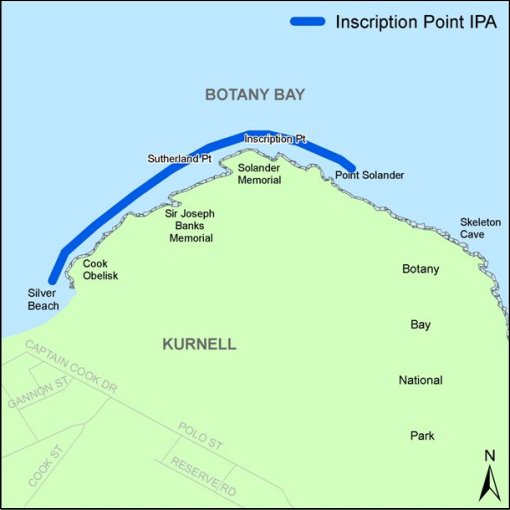
Intertidal Protected Areas
Intertidal protected areas (IPAs) have been established to protect selected rocky habitats and intertidal species. They aim to:
- protect intertidal community biodiversity and structure;
- provide biological reservoirs of breeding stock so exploited areas nearby can be recolonised or sustained; and
- help ensure harvesting of intertidal invertebrates is undertaken at sustainable levels.
What you cannot do in an IPA
All IPAs extend from the mean high water mark to 10 metres seaward from the mean low water mark. Collecting seashore animals is strictly prohibited in these closures. This includes crabs, snails, cunjevoi, octopus, sea urchins, anemones, pipis, cockles, mussels, oysters, and nippers (saltwater yabbies). See Protecting Seashore Animals for further information.
What you can do in an IPA
Fishing is permitted in these areas, but bait collection is not allowed, although you may bring bait with you up to the quantity allowed by recreational fishing bag limits.
Background
In 1993, 14 intertidal protected areas were established around Sydney as a component of an integrated management approach to minimise threats and ensure the sustainability of rocky shore animals and plants. At the same time new bag limits were introduced and methods of collection were restricted and defined.
Following community consultation, six of these sites were permanently protected as Aquatic reserves on March 31, 2002. These were: Barrenjoey Head, Narrabeen Head, Cabbage Tree Bay (a section of the former Shelly Beach Headland IPA), Bronte-Coogee, Cape Banks and Boat Harbour.
The intertidal protected areas are located at:
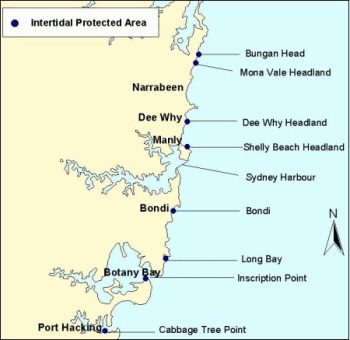
Bungan
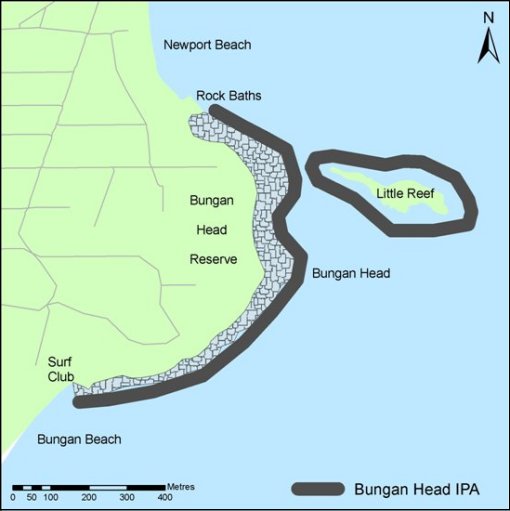
Mona Vale
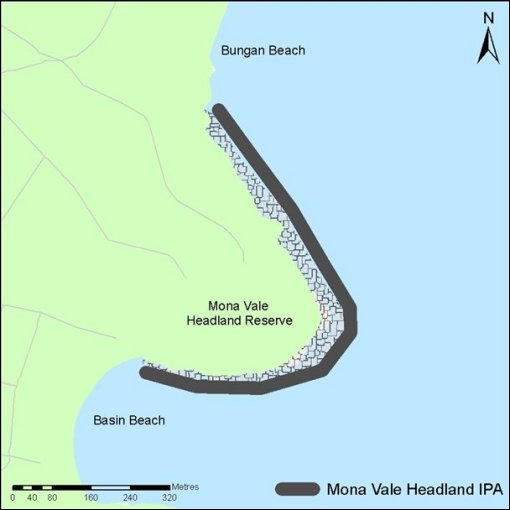
Dee Why Head
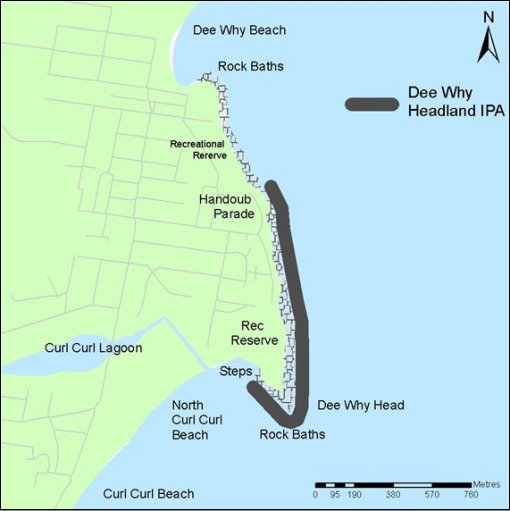
Shelley Beach
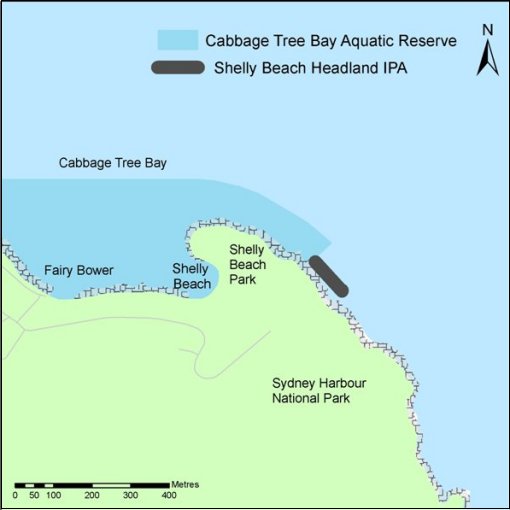
Cabbage Tree Point
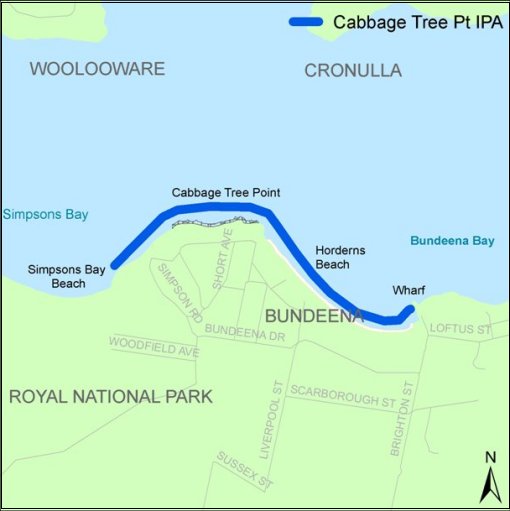
Bondi
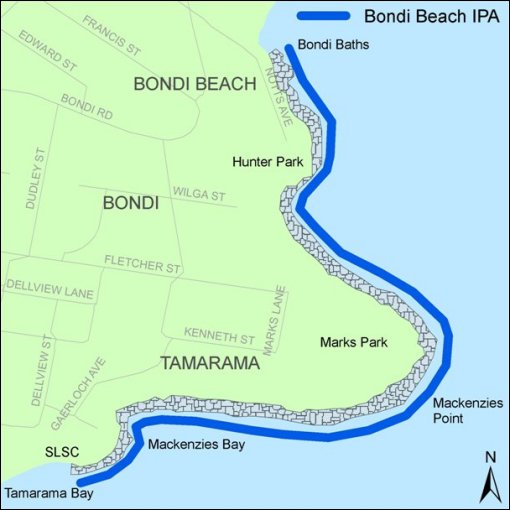
Long Bay
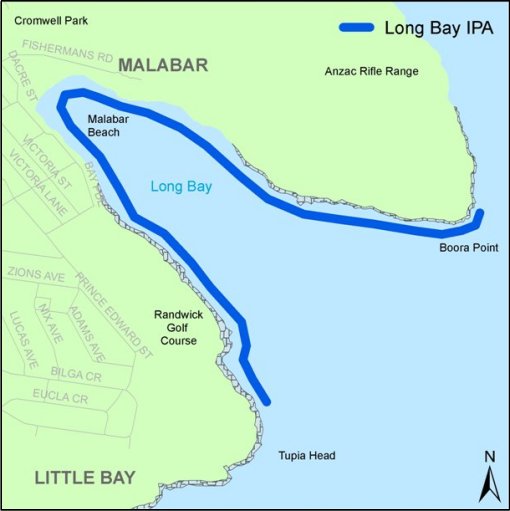
Inscription Point
